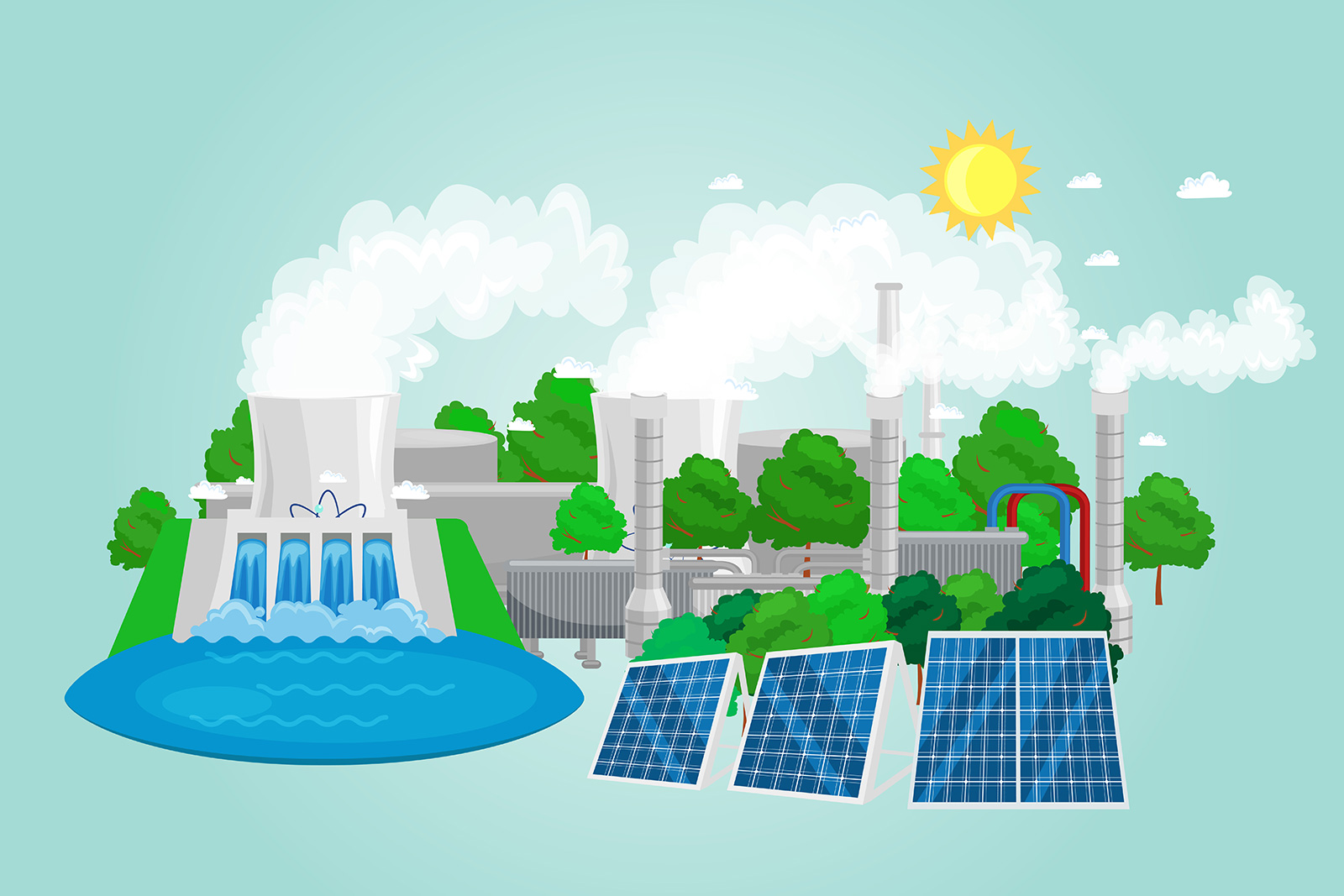Environmental Analysis for renewable energy
Biogas characterization and verification of origin
Biogas refers to a mixture of different gases produced by the breakdown of organic matter in the absence of oxygen. Biogas can be produced from raw materials such as agricultural waste, manure, municipal waste, plant material, sewage, green waste or food waste. Depending on the raw materials, the gas contains different impurities and requires different production parameters since the methanogen (bacterial) cultures are different. Biomethane is purified biogas and is often used as fuel in combustion engine cars and trucks. Major components in biogas are methane (CH4) and carbon dioxide (CO2) and minor amounts of oxygen, nitrogen, hydrogen sulphide (H2S), moisture and siloxanes. Reducing the impurities of hydrogen sulfide and siloxane reduces long-term wear of the internal combustion engine parts. IFE collaborates with bio-methane filling stations to quantify the components in biogas and bio-methane and compare it with regulatory standards.
Stable isotope ratios as a tool in biogas production
Alteration of the metabolic activity of methanogens can be assessed by using stable isotope ratios of carbon (δ13C) of methane (CH4) and carbon dioxide (CO2). Methane formation from H2 and CO2 results in larger isotope fractionation than aceticlastic methanogenesis, thus providing diagnostic information of the predominant pathway via the isotopic composition of the produced biogas (CH4 and CO2). During a stress period of consecutive high organic loading, δ13C of methane (CH4) may indicate process changes rapidly in contrast to traditionally monitored parameters where changes are detected 5-10 days after the fact. Biogas isotopic composition can be measured quickly and accurately onsite by Institute for Energy Technology by using Cavity Ring-Down Spectrometers (CRDS), or offline for higher accuracy using isotope ratio mass spectrometry (IRMS).
Quality assurance of hydrogen for Fuel Cell Vehicles
A hydrogen vehicle is a vehicle that uses hydrogen as its onboard fuel for motive power. The advantage of hydrogen vehicles is that they behave in a very similar way to petrol engines, yet they do not emit any carbon-containing products during operation. However, there are strict demands on the purity of the gas used in the cars. Fuel cell vehicles are vulnerable to impurities and catastrophic results may occur if no regular quality control is performed. We are actively working on developing methods to detect ultra-trace impurities of sulfur, carbon monoxide and halogens in fuel cell hydrogen to meet the demands of the growing hydrogen fuel cell industry in Europe.
More information on our department web page: Department Environmental Analysis.

